Last Update: 18 Jul 2022.
All standard operating procedures, work instructions, quality attribute specifications (QAS), in-house ‘mini specifications’ and finished product specifications shall be established and maintained for the bacon or gammon product type being manufactured. Relevant staff shall be trained against these.
4.1.1 The in-house ‘mini specification’ shall be developed in line with the QAS specified in clause 8.1 and provide through using words, measurements and/or photographs, specific quality attributes that clearly defines acceptable and unacceptable key attributes for each finished product approved by the BMPA Quality Assured Bacon (and Gammon) module.
4.1.2 The ‘mini specification’ shall be prominently displayed at appropriate points of the production line to assist staff with quality monitoring and compliance.
4.1.3 A documented check shall be carried out on each production run to verify that the quality standards are being achieved.
4.1.4 Where there is evidence of attribute failure, the site shall investigate root cause and implement corrective action.
Guidance
A range of curing methods may be used including dry-curing, injection curing followed by immersion, injection curing followed by bag-maturing, Wiltshire curing etc. However, certain curing methods relate only to specific types of bacon.
The ‘mini specification’ is a short version of specific key quality attributes from the QAS displayed on the manufacturing line.
Where there is evidence of attribute failure, the site may investigate the root cause, agree and implement corrective action to minimise/prevent the issue from re-occurring. Follow up checks may be undertaken.
Evidence
Visual inspection of butchery and finished product standards at point of production. Review ‘mini specification’ and verification that the quality attributes are aligned to those detailed in the QAS and checking that the mini spec displayed corresponds to the product going down the packing line at the time of the audit.

